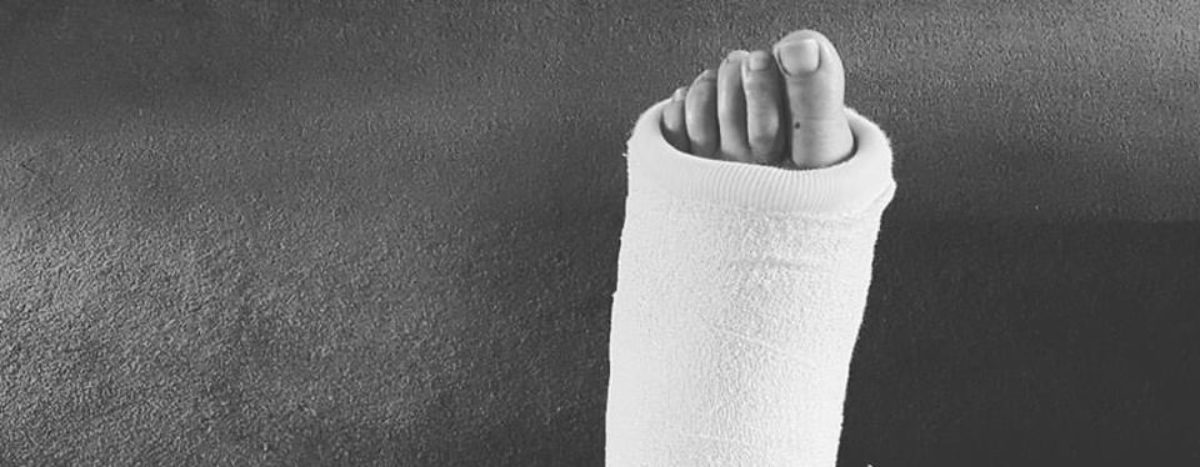Every hospital has its own admission procedure. At RNOH I was asked to arrive at 7am. This is so that the surgeon and the anaesthetist can see you before they embark on their day in the operating theatre.
I was taken straight to the ward and allocated my bed. The nurse took some tests, blood pressure, temperature, oxygen saturation and asked a number of questions regarding my general health. I was told my number on the list – 6th. At this point I was nil by mouth. The surgeon’s registrar came to see me, confirmed the detail of the operation, went through and got me to sign a consent form and drew a nice big black arrow on the leg to be operated on pointing down towards the offending ankle. The anaesthetist came next. He asked a number of general health questions, checked that I had no loose teeth and asked me to open my mouth wide. I explained that I suffer with motion sickness and asked for some anti-sickness drugs to be given to me.
There followed a very long, hungry, thirsty wait. I was finally asked to change into a theatre gown and taken in my bed to the operating theatre at around 4 pm.
I was wheeled into a small room where I was greeted by the anaesthetist and his team. A few monitors were stuck to my body, a blood pressure cuff put on my arm and a line inserted into the back of my hand. All this while the team happily chatted away to me. And then I woke up!
Now I’d like to be able at this point to reassure you that I woke up feeling really good with minimal pain. But I’d be lying. The nerve block I had been given during the operation hadn’t been effective so I was in pain when I came round. However this is not unexpected and the team in recovery are used to dealing with this. I was quickly given intravenous pain relief and a morphine pump was put in place enabling me to administer as and when I felt then need. I returned to the ward around 8pm and was carefully monitored throughout the night by the nursing staff.
Having had a pretty rough time with pain I was kept in hospital for another night and started on a routine of oral pain relief, slow release morphine and fast acting morphine. This kept me quite comfortable. I had a visit from the physiotherapist to assess my competence on crutches and arrangement for my care at home. The registrar came to see me and explain how the operation had gone. I was introduced to blood thinning injections which I was going to have to continue with at home.
After two nights on hospital I felt ready to leave. I was discharged with all the medications I would need including a carrier bag full on injections. I have no complaints at all about the care I received in hospital but it felt good to be going home.



The procedure I had used the Infinity implant with the Prophecy custom guide system or Prophecy Infinity. For a video animation of this amazing operation please see https://www.youtube.com/watch?v=2VGAceOy330

